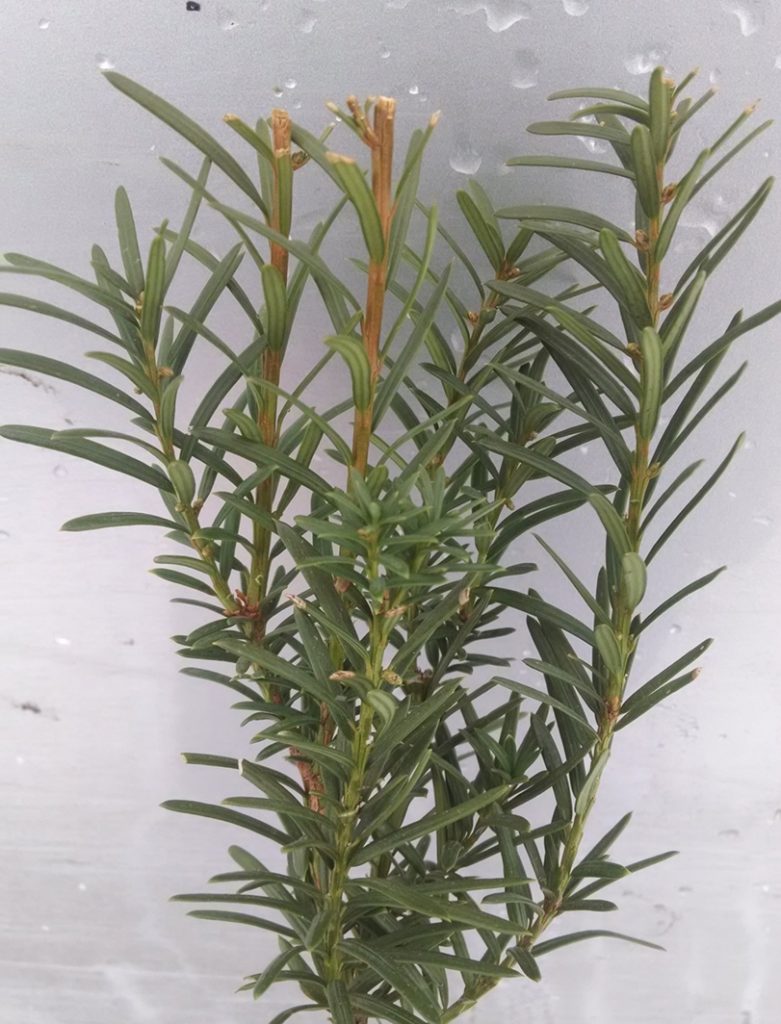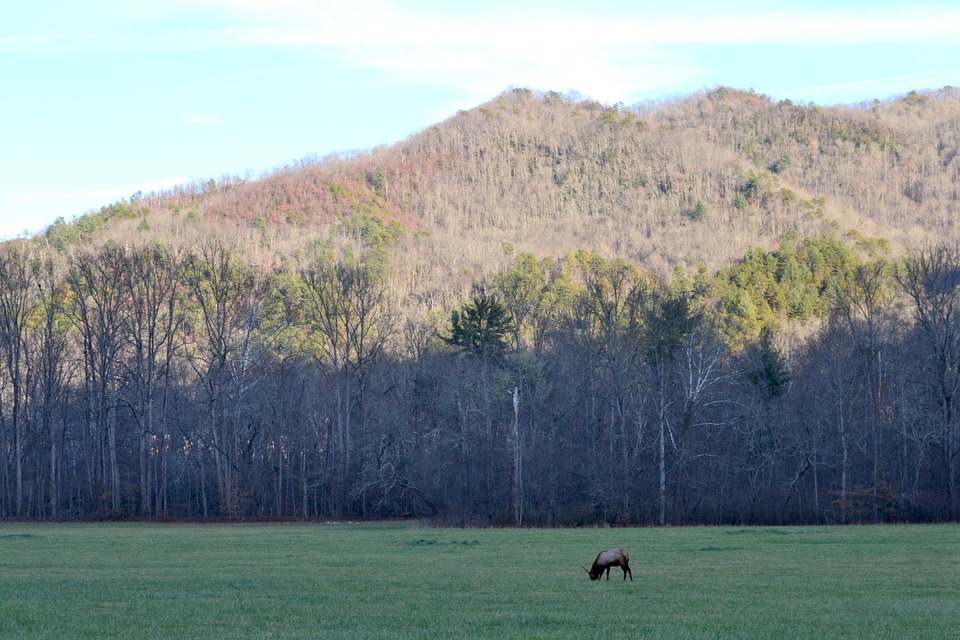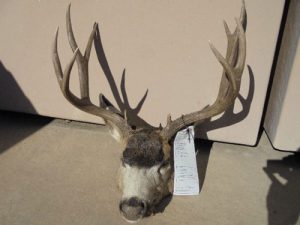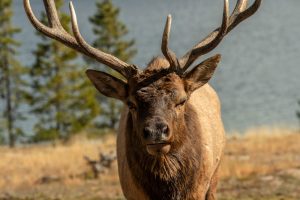A local sportsmen alerted Idaho Fish and Game officers after he came across a peculiar scene in the Boise foothills just outside of Table Rock. Scattered across the hillside were the bodies of seven recently deceased elk, sparking an investigation by state officials.
With the assumptions of foul-play in mind, officers quickly examined the physical characteristics of the dead animals and ruled out the possibility of poaching in the absence of bullet holes or other signs of trauma.
“None of the elk had bullet wounds or other obvious signs of trauma,” Fish and Game conservation officer Ben Cadwallader noted. “They all appeared to be in great shape, with adequate fat reserves and solid bone marrow; we concluded that we were dealing with some sort of toxin instead.”
With poaching out of the question, Cadwallader and fellow officer Bill London performed field necropsies on the seven carcasses and it was later confirmed by veterinarian Mark Drew that each of the animals had the presence of Japanese Yew needles, a native plant that is known to be deadly to elk and other large mammals.
Japanese Yew (taxus cuspidate) is a plant native to Japan, Korea and northeast China are sometimes used as ornamental plants in residential applications. While in urban environments, these plants are relatively harmless to wildlife, as they spread into the foothills, they can prove to be detrimental to wintering populations of wildlife such as elk.

The plant’s soft, waxy needles can be attractive but fatal to elk, moose, horses, dogs and in some cases, humans.
Wildlife officials were successful in locating two sources of the plant in the foothills, but are continuing their search for additional plants.
“What we do know is the plant quickly kills browsing elk,” Cadwallader said. “So other sources might be nearby.”
As officers continue to canvas the area for additional plants, they are asking residents to inventory their property and immediately removed and infill any Japanese Yew that might be growing on or around their property.




